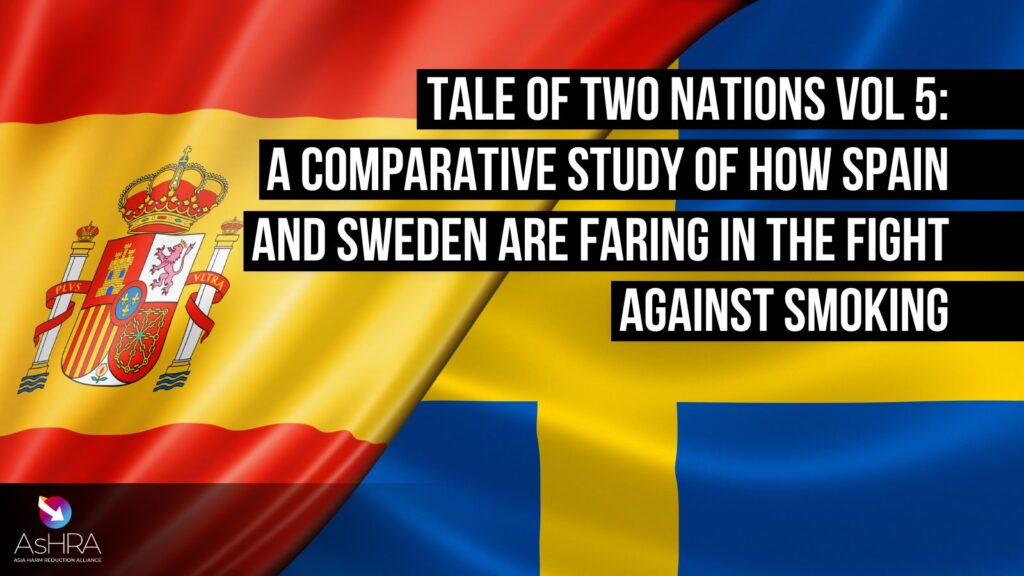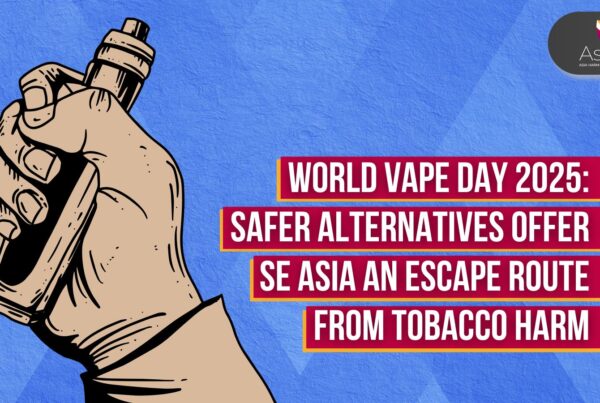22 February 2024, Stockholm, Sweden – The World Health Organisation (WHO) recklessly ignored the Swedish success story during its Tenth Conference of the Parties on Tobacco Control (FCTC COP10), prompting public health professionals to demand the organisation implement a Swedish-style approach to fighting smoking.
In light of the recent summit in Panama, healthcare researchers from the Smoke-Free Sweden movement sat with political leaders to discuss how to encourage the adoption of tobacco harm reduction-based policies worldwide, following the WHO’s refusal to recognise Sweden’s substantial decrease in smoking rates.
Sweden is an example of how THR can work in real-life situations since it is on the verge of being declared a “Smoke-Free” country, which indicates that smoking rates are expected to fall below 5%.
The country shows evidence that tobacco harm reduction (THR) saves lives, as seen by its 41% lower incidence of cancer and 38% lower cancer mortality rate relative to its EU peers. At the round table, participants voiced disappointment over the WHO’s rejection of sensible tobacco harm reduction measures like those in Sweden.

The director of the Smoke-Free Sweden Campaign, Dr. Delon Human, noted “The world is burning with smoking-related diseases, and COP10 refuses to acknowledge the fire escape Sweden has built. Tobacco harm reduction offers smokers a safer way out, and it’s time for global health leaders to embrace it.”
As stated by the founder and director of the EUforSnus initiative, Bengt Wiberg, “It is imperative that policymakers are presented with clear and understandable data regarding the health benefits of tobacco harm reduction. Sweden could be the blueprint for this since the Swedish government has studied this for years and has placed full and comprehensive regulations in place for all tobacco-free nicotine products, and it works”
“As the Sweden example shows, the key to advancing efforts in global tobacco harm reduction messaging is reframing our understanding of nicotine. Nicotine in itself has an impact on an individual’s health close to that of caffeine, which has virtually no stigma associated with it.” explains Professor Karl Fagerström, a world-renowned specialist in smoking cessation and addiction research studies.
“Alternative products change people’s lives for the better. They have enabled them to make healthier choices for themselves and provided a route for people to enjoy nicotine without endangering themselves. Some women do enjoy the burning sensation that oral nicotine pouches provide (on the gum), but some women don’t – It’s important to have a range of products to satisfy all needs” said Carissa, a psychology student and Considerate Pouchers’ creator.
“We must ensure that we get product labelling guideless correct. Many policymakers and consumers do not realise that many oral nicotine pouches do not contain tobacco. Oral nicotine products are a form of nicotine replacement therapy. But the perception of these products is often demonised and incorrect – which leads to confusion over how to regulate them appropriately” commented THR.net co-founder, Jessica Perkins.
Regarding Smoke-Free Sweden:
The Smoke-Free Sweden campaign advocates for the adoption of the Swedish model of Tobacco Harm Reduction in other nations. With a smoking rate of 5.6%, Sweden is on the brink of becoming the first ‘smoke-free’ European nation. Sweden’s exceptional achievement can be credited to its receptive stance on novel nicotine products.
Please visit www.smokefreesweden.org for further information about the Swedish success story of attaining smoke-free status.
Related Posts
 Time to support Filipino vape law, not relitigate it
Time to support Filipino vape law, not relitigate it
Time to support Filipino vape law, not relitigate it
 Greens’ Plan To Legalise Nicotine Vapes Lauded
Greens’ Plan To Legalise Nicotine Vapes Lauded
Greens’ Plan To Legalise Nicotine Vapes Lauded
 Taiwan Vaping Ban Disappointing For Its Many Smokers
Taiwan Vaping Ban Disappointing For Its Many Smokers
Taiwan Vaping Ban Disappointing For Its Many Smokers
More about
Alcohol Harm Reduction
More about





